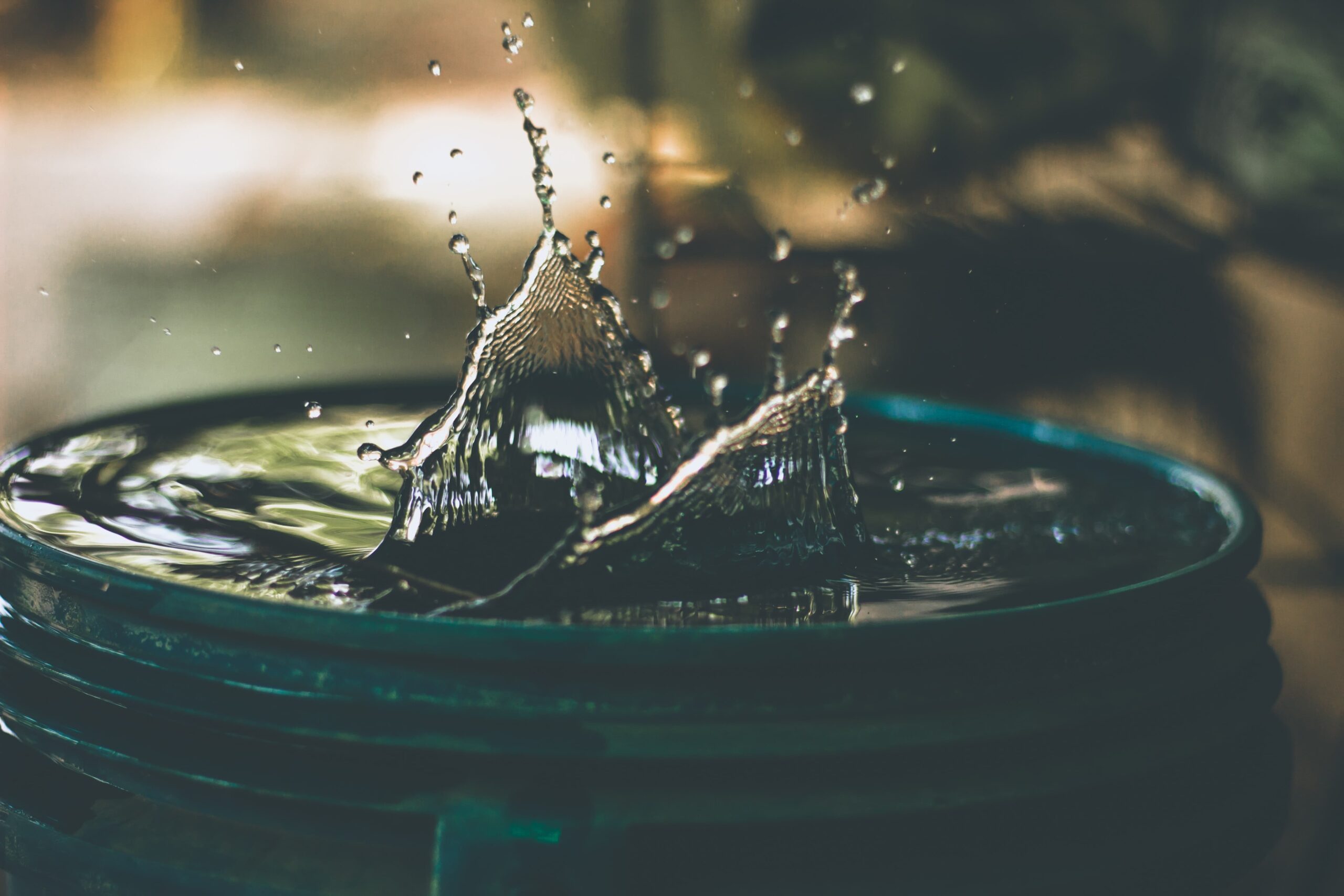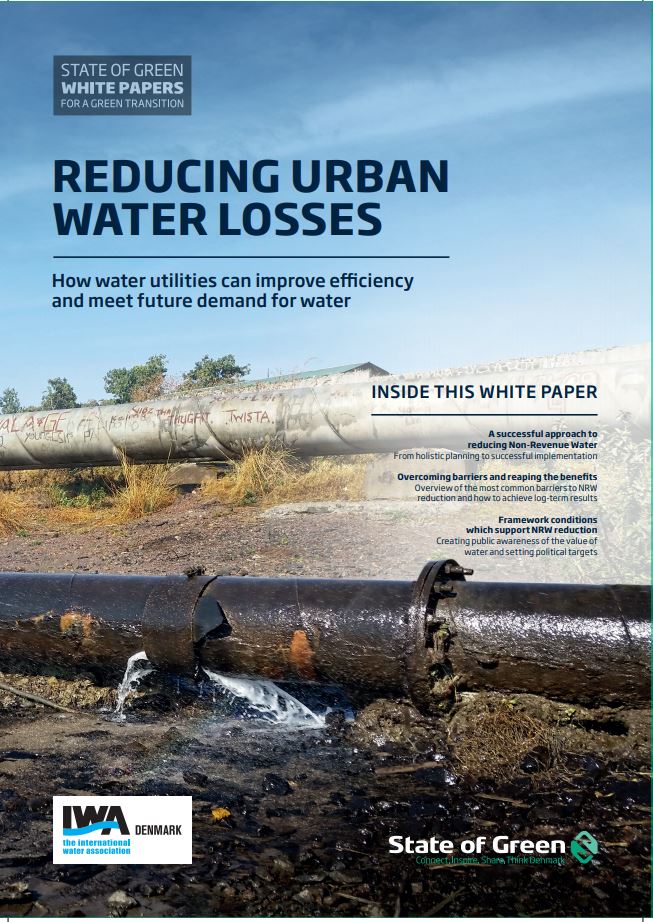Download our publication on reducing urban water loss today
This article is part of our publication ‘Reducing urban water loss’.
Download nowPerspective
Non-revenue water


The latest technology advances within communication platforms and smart devices has opened the door to a new generation of innovative tools and techniques that will set new standards for NRW management and water loss control.
Today, most water utilities in Denmark are highly digitalised; meaning that key administrative, planning, and operational systems are digitised and most importantly – the data is stored in open (non-proprietary) databases. This means that that the data can be utilised across the water utility to increase the level of knowledge of performance. In addition, a massive development of new communication platforms such as IoT, 5G etc. have taken place recently, and smart devices (AMR, deployed noise loggers etc.) mean that more data is being collected than ever before. Thereby the foundation is
laid for many utilities to operate as a Smart Water Network.
The Smart Water Networks Forum (SWAN) has defined a 5-layered model that describes best practice for any water utility seeking to transform into a Smart Water Network, improving efficiency, durability and reliability of the physical distribution network. Referring to the figure below, the basis of a
smart water system is made up by:
The top layer will include advanced data analysis tools that may use historical as well as real-time data to conduct advanced reporting, forecasting and optimisation of the operations. Various algoritms (including artificial intelligence and machine learning) are used, in order to aid decision making and
improve drinking water distribution, reduce water and energy consumption.

This article is part of our publication ‘Reducing urban water loss’.
Download nowA smart water system consists of multiplecomponents such as smart meters, intelligent pumps, intelligent valves, deployed noise loggers and much more. As an example, pressure management is implemented via the use of intelligent pumps or intelligent valves, depending on whether the specific area (PMA or DMA) is to be subject to a pressure increase or a pressure reduction. In extreme cases, some areas may be subject to a combined
solution to cater for all operational scenarios. As the demand for water varies widely throughout the day, controlling the inlet pumps or valves supplying the individual area will reduce the existing background leakage, frequency of new pipe bursts and optimise energy usage. This is implemented by regulating the pressure supply to a level that secures the minimum guaranteed pressure at the critical point, thus securing an adequate pressure at each customer location throughout the day.
Further, several Danish water utilities have implemented a number of ICT tools to support strategic rehabilitation planning of the transmission and distribution network. These tools use input from all available systems to support water utilities in executing the following objectives:
Using a combination of spatial data analysis, machine learning and cost optimisation enables water utilities to establish a long-term holistic plan for their NRW interventions and improvement initiatives. The effects of these are continuously monitored and reported back to the operational management and used for prioritising the ongoing active leakage control activities in the network.